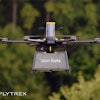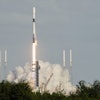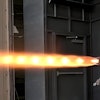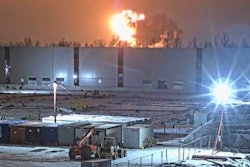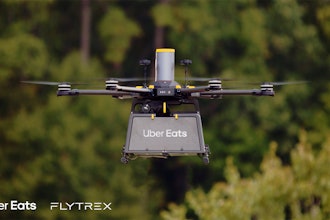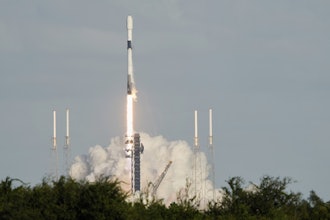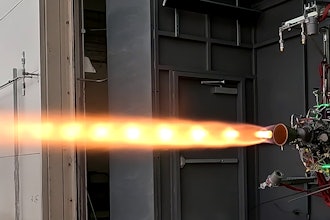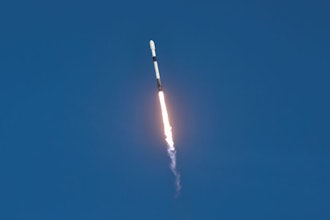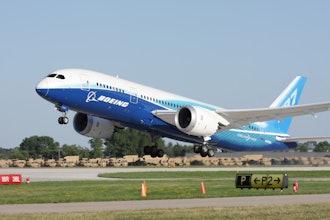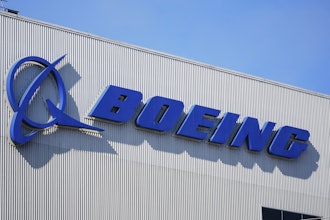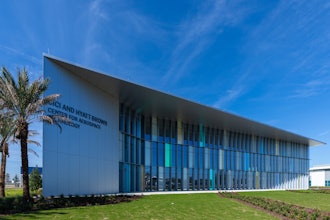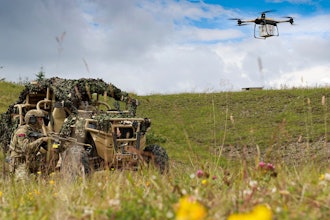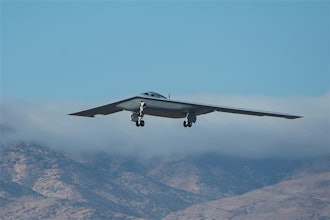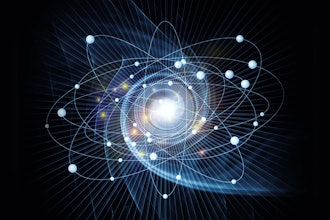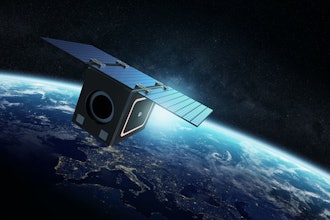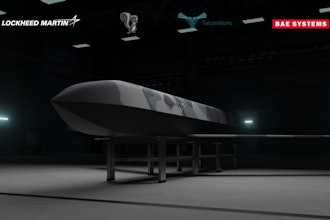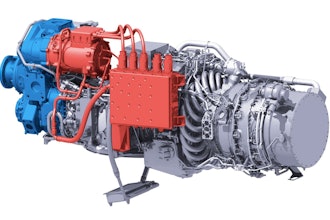
Li-S Energy has signed a collaboration agreement with Kea Aerospace to integrate Li-S' advanced lithium sulfur battery technology into Kea's high altitude UAVs targeting multi-month flight times.
The collaboration will see Li-S' battery technology integrated into Kea's high-altitude UAVs, significantly enhancing flight endurance and operational efficiency.
Li-S' collaboration with Kea is consistent with the Company's strategy to target the rapidly growing markets of drones, defense and electric aviation. Kea has partnered with Li-S because its cutting-edge lithium sulfur battery technology offers significant weight savings and energy density, which are both critical to maximize UAV flight times and payload.
Founded in New Zealand in 2018, Kea is currently flight-testing its aircraft in the stratosphere, between 55,000 and 65,000 feet. Its solar-powered Kea 'ATMOS' aircraft operates as a High Altitude Platform Station (HAPS) and High Altitude Long Endurance (HALE) aircraft. The drone gathers high-resolution aerial imagery and persistent video data for applications such as maritime awareness, environmental monitoring and disaster response, plus a broad range of other commercial use cases such as supporting telecommunications services. The potential for stratospheric HAPS aircraft capable of multi-month flight durations is substantial with Kea at the cutting edge of this global industry. The competitive benefits are compelling as HAPS offer far lower costs than satellites, greater persistence than conventional aircraft, and far greater control compared to un-steerable balloons.
Li-S' collaboration with Kea will focus on incorporating the Company's ultra-light lithium sulfur battery cells and Li-S BMS technology into a Kea battery pack design, with ground testing expected in 2025 followed by flight testing.
The program objective will be to demonstrate the technology and integration in the 12.5 meter wingspan ATMOS Mk1 aircraft, followed by integration into the ATMOS Mk2 design, which will be capable of continuous flight for several months.
In ATMOS Mk2 the aircraft motors will cycle between power from the battery at night and solar cells during the day (with excess solar power also recharging the battery). Weight is absolutely critical for HAPS platforms. Having a battery with higher energy density prolongs flight time, improves payload capacity and can increase the geographic extent of operations, both in latitude and for operation in seasons with less daylight hours.

